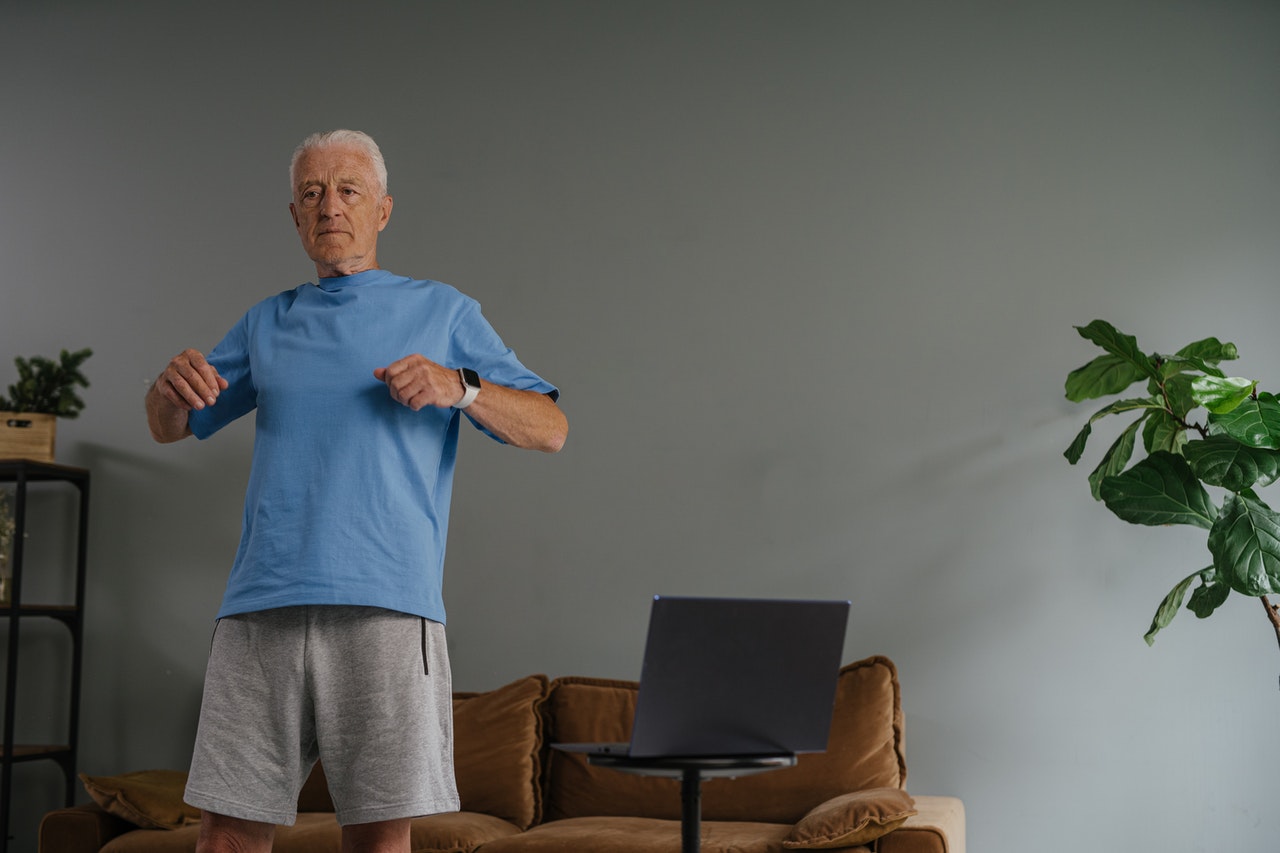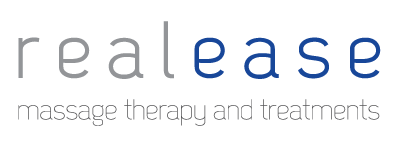
07 Jun Are you rotton to the core? Here’s how to improve your core stability
Core muscles allow you to maintain your form for longer. A stronger core is usually accompanied by a slimmer waistline, better flexibility, less weight and a little extra free speed – in short, the kind of attributes most runners kill for.
If you’re finding yourself plagued with the same niggling injuries, that problems creep in as soon as you up the distance or you have begun training now for that first London marathon, then read on, because you ignore this key area at your peril.
Core training has its roots based in rehabilitation and physiotherapy. It is about trying to control inner muscles such as the deeper abdominal and pelvic floor muscles. It has been proven to help tremendously with injury prevention and rehabilitation, whilst also enhancing performance. Paula Radcliffe is a prime example of a top athlete who has incorporated core training in order to maximise potential and reach the top.
With our day-to-day lives however core muscles can become very weak and sometimes shut down almost completely. With sedentary living, at worst, this will make you more immobile and vulnerable to problems such as chronic back pain. The long distance runner however is more at risk to injury if they have weak core muscles.
Improving your form
The way you run can make a huge difference to both your performance and injury risk. A natural running motion is to strike down with the heel, roll through the foot, slightly on the outside (this is called pronation) and then to roll slightly to the inside (this is called suprination) and then push off from the inside of the ball of the foot. Your spine should be upright and your hips steady – it is the strength of your core muscles that help you to stay in this position. Your arms should swing naturally from side to side, but relaxed. Your spine should gently rotate around your waist as your arms swing and your hips power you forward.
We think of running as a just a forward propelled action but there are a lot of rotational patterns within a good running movement – rotational patterns in the foot and the waist help to increase the power of your movement. Another assumption is to think of the legs as the most important part of a running action, but the most powerful joint from which you should be propelling yourself forward is the hip.
Your gluteuals (backside muscles) are integral to this power. As you push off from the ball of your foot, your leg should then kick behind you and your backside muscles power you forward.
What is the core?
So what exactly is your core? Our core muscles consist of the muscles of our torso. There are five basic muscles of our core. We can start with the abdominals, since we all know where they are. The abdominals run from the sternum down to the pelvis. Underneath the abdominals are the transverse abdominus muscles. Moving to the sides, the oblique muscles make up what we call the waistline. Under the external obliques are the internal obliques. Moving to the back, the muscles that run along the spine are part of the core and they are called the spinal erectors.
The core muscles are where all of our body movements begin and are the center of our body’s strength and power. The core muscles also work to stabilize the body during all movements. The stronger the core muscles are the more support they can provide for the spine and for the body during all of the movements we make, from picking up a child to reaching on to a high shelf.
Exercising the core muscles need not be done every day. Exercising them 1 to 3 times a week is sufficient. Workouts can be as short as 10 minutes and still be very effective – just don’t forget to stretch your core muscles after you exercise them. If you can make core training part of your routine you are helpng to ensure you have a strong and healthy body throughout your life. The benefits of core training are well worth the effort.
Four simple but effective exercises to improve your core stability. Aim to complete each of the four moves three times a week.
1 Basic Plank Position
The Plank is a static exercise for strengthening the abdominals, back and shoulders.
Position yourself on your elbows and toes (elbows under your shoulders). Keep your ankle, hips and shoulders in line. Maintain your back, head and body in a neutral position – think about squeezing your glutes together, tightening your abdominal muscles and pushing your chest away from the floor. This is a static position – so you don’t move! Hold for 30-90 seconds.
2. Supine Bridge
This is a very simple exercise which will target your glutes and hamstrings.
Lie flat on your back on the ground. Bend you knees to approximately 45 degrees and place your heels on the floor. Place your arms out on the floor to your side (palms facing up). Contract your glutes and hamstrings and raise your hips until they are fully extended. Hold the top position for between 30-90 seconds.
3. Side Hold
Start by lying on your side, legs straight, feet stacked on top of each other. Support yourself on your elbow, keeping it in line below the shoulder, and place your free hand on your hip. Balance on the sides of your feet (feet are stacked) – squeeze your glutes and tighten up through your stomach. Don’t allow your hips to drop towards the ground. This is a static position – so you don’t move! Hold for 30-90 seconds.
4. Hip Extension
This is a simple exercise that is often overlooked. It will teach you how to recruit the glutes and hamstrings while maintaining a stable torso. Many runners have gluteal amnesia – their bum has forgotten what it is supposed to do and kind of just sits there doing very little – not particularly useful when you consider that strong glutes and hamstrings will help your running performance. Here’s how to do it:
Adopt a four-point kneeling position (on all fours) maintaining a flat back position.
Extend the right hip and knee and hold for a count of five before alternating sides. Avoid any movement through the lower back.
Start with five reps on each side and work up to 15 reps on each side, remembering to hold the end position for five seconds. Quality of movement is very important, more so than quantity, so when your technique breaks down stop and rest. If you want to increase the difficulty then just extend the opposite arm at the same time to shoulder height.
